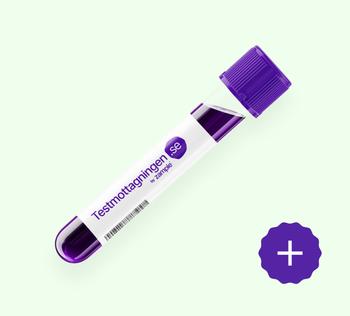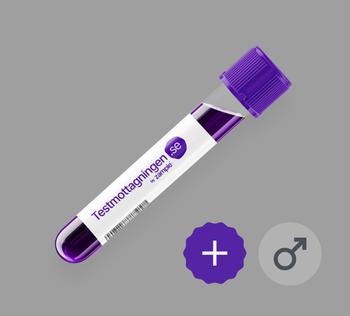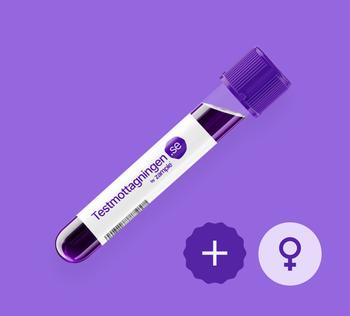What is Apolipoprotein A1 (Apo A1)?
Blood fat disorders (lipid metabolism) give an increased risk of cardiovascular diseases. Apolipoprotein A1 (Apo A1) is found in HDL cholesterol, the "good cholesterol" with anti-inflammatory properties, and transports excess cholesterol from the cells to the liver for burning, which contributes to a reduced fat deposit in the blood vessels.
What can high or low levels of Apolipoprotein A1 (Apo A1) mean?
During treatment with estrogens, antiepileptic drugs and regular alcohol intake, high levels of Apolipoprotein A1 are seen.
Diabetes mellitus, obesity and liver diseases are seen at a low level of Apolipoprotein A1. Low level is associated with increased risk of cardiovascular disease.
No recommendations for apolipoprotein A1 have been established, but it has been suggested that the desirable level should be >1.25 g/L for women and >1.15 g/L for men.
Apolipoprotein B (Apo B)
Apolipoprotein B (Apo B) is the protein component of LDL cholesterol, also called "the bad cholesterol". Apolipoprotein B contributes to the transport of LDL cholesterol and can cause the LDL cholesterol to get stuck in the blood vessels, which affects the walls, which then become stiff, which in itself can lead to a higher risk of cardiovascular diseases.
What is the reference range for Apo A1
The reference range for Apolipoprotein A1 (Apo A1) in blood tests may vary slightly depending on the laboratory and the specific method used. The value also differs between women and men and generally the normal reference range for Apo A1 is between 0.76 to 2.14 g/L. Below, the gender-specific value is reported:
Reference interval P- Apolipoprotein A1
Women: 0.76 – 2.14 g/L
Men: 0.79 – 1.69 g/L





























